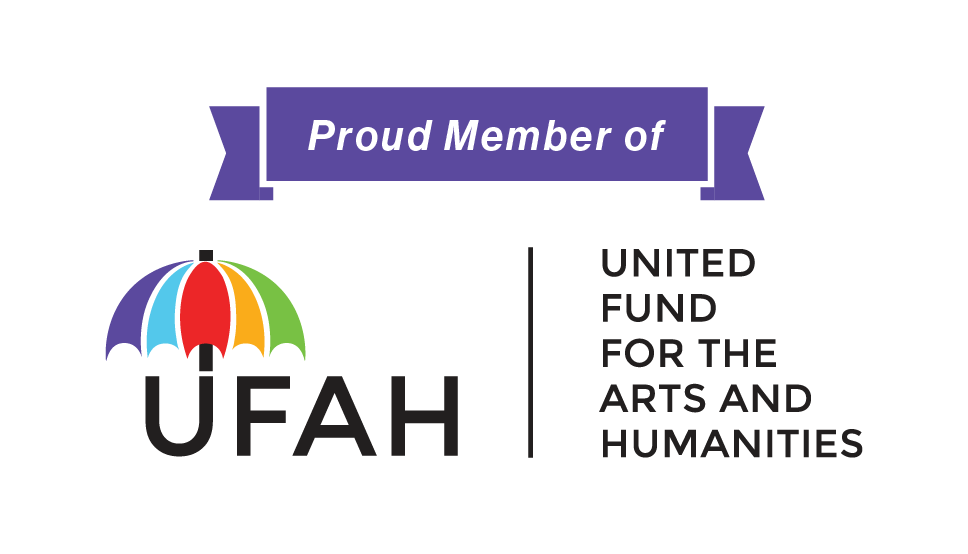Between 1955 and 1975, the United States fought two wars in Southeast Asia: the publicly known Vietnam War and the covert, CIA-operated Secret War in Laos. Although the 1962 Geneva Accord mandated Laos remain neutral, the U.S. had already begun recruiting ethnic highland minorities, primarily Hmong, as a proxy army by 1959.
The Secret War in Laos (1961–1975) aimed to counter the rise of communism, pitting U.S.-backed forces against the communist Pathet Lao, who were supported by North Vietnam and the Soviet Union. The CIA led the effort, training and funding a guerrilla army of Hmong soldiers under General Vang Pao. Over 30,000 Hmong fighters had boots on the ground, preventing the invasion of Laos, protecting classified radar installations, rescuing downed American pilots, and gathering intelligence.
With declining public support, the U.S. signed a ceasefire agreement with Vietnam in 1973, paving the way for its withdrawal in 1975. This allowed Vietnam to achieve full independence, resulting in national unification. At the same time, Cambodia fell to the Khmer Rouge, triggering the genocide of nearly 2 million people, most of whom were brutally executed and buried in mass graves known as the “Killing Fields.” Meanwhile, the Pathet Lao took control of Laos, initiating a campaign of persecution against Hmong people.
The new Pathet Lao government viewed Hmong fighters as a serious threat to its legitimacy, leading to widespread executions, imprisonments, and forced re-education camps. The King and Queen of Laos, along with high-ranking Hmong officials, died from starvation and brutality in re-education camps. Fearing for their lives, around 100,000 Hmong fled to Thailand, where they lived in refugee camps before resettling in the United States, France, Australia, and other countries.
The Secret War remained largely classified until the 1990s, when the CIA officially acknowledged its involvement in 1994. Further declassifications followed in the 2000s, including the release of U.S. Air Force documents in 2008, which detailed CIA-led combat operations in Laos. Despite their service, Hmong veterans are still not officially recognized as American service veterans, denying them the benefits granted to those who commanded them and fought alongside them in Southeast Asia.
Today, Hmong American communities in Minnesota, Wisconsin, and California work to preserve the memory of their sacrifices. Resettlement was slow, with significant numbers arriving only after the Refugee Act of 1980 opened U.S. borders to Southeast Asian refugees.
Text by Dr. Vincent Her and Yia Vue


